Image Gallery: The Nazca Lines of Russia
Ancient Art

The newly discovered geoglyph faces to the north (south is at the top of the image) and depicts an elk or deer. Visible from a nearby ridge it has four legs, two antlers and an elongated muzzle. It is made of stone and recent archaeological work indicates that it dates to somewhere between the 6th millennium and 3rd millennium BC, thousands of years before the Nazca Lines were created. Today it is covered with soil but, back when it was first constructed, it would have looked "white and slightly shiny" researchers say.
Beautiful in many seasons
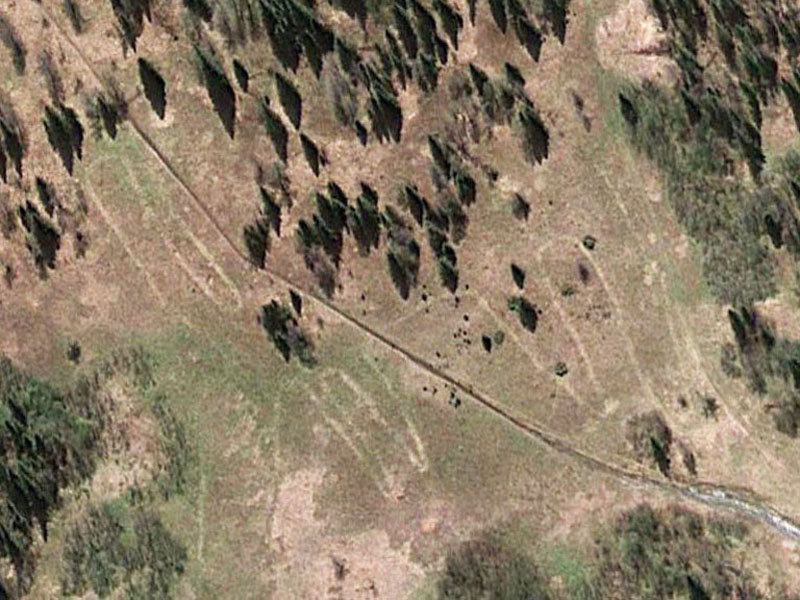
Another Google Earth satellite view of the geoglyph, taken at a different season.
History adds information

A historical Google Earth image from 2007, in this image it looks like the animal might have a tail.
Change over time

The geoglyph as seen from Zjuratkul ridge with Zjuratkul Lake in the background. Palaeozoological suggests that the land would likely have been unforested at the time the glyph was made.
Watchful eye
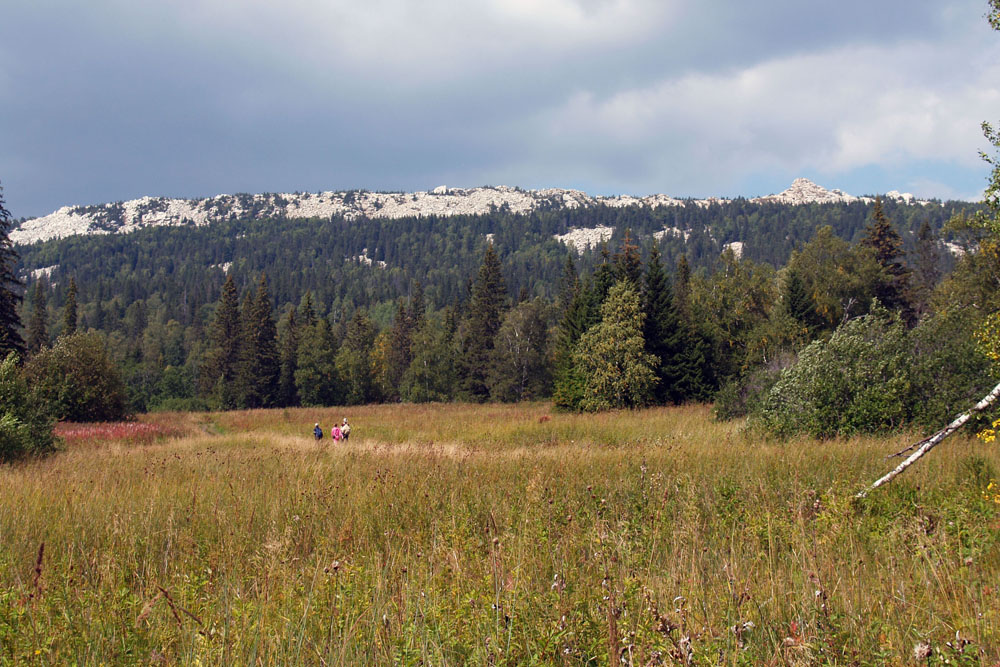
A view of Zjuratkul Ridge, it towers over the geoglyph.
Original makeup
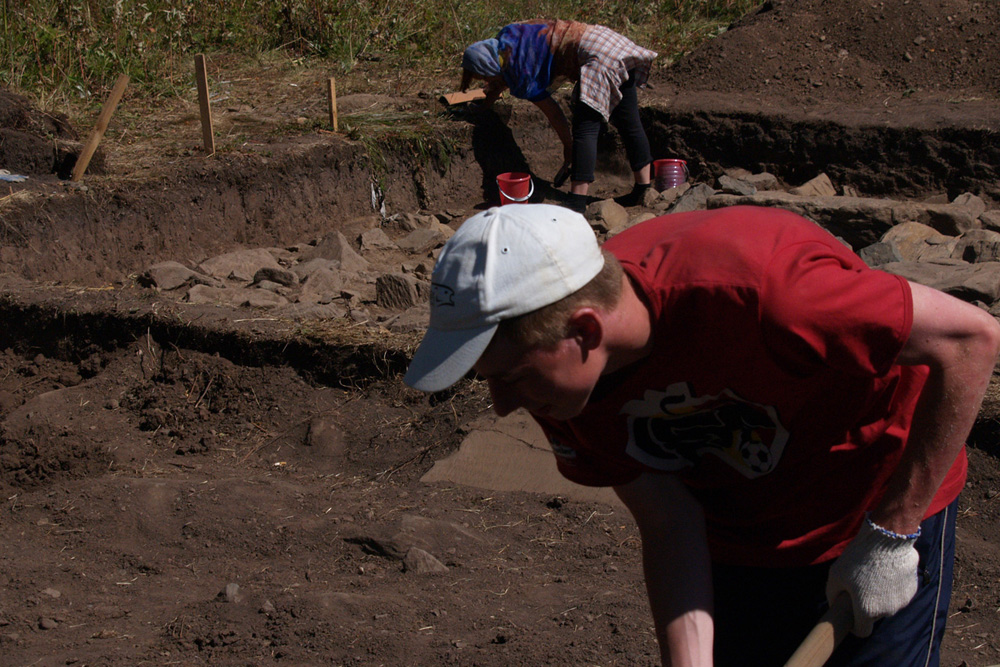
The geoglyph was made out of stone, now covered by soil, and an archaeological team has been at work studying it.
Pieces and parts
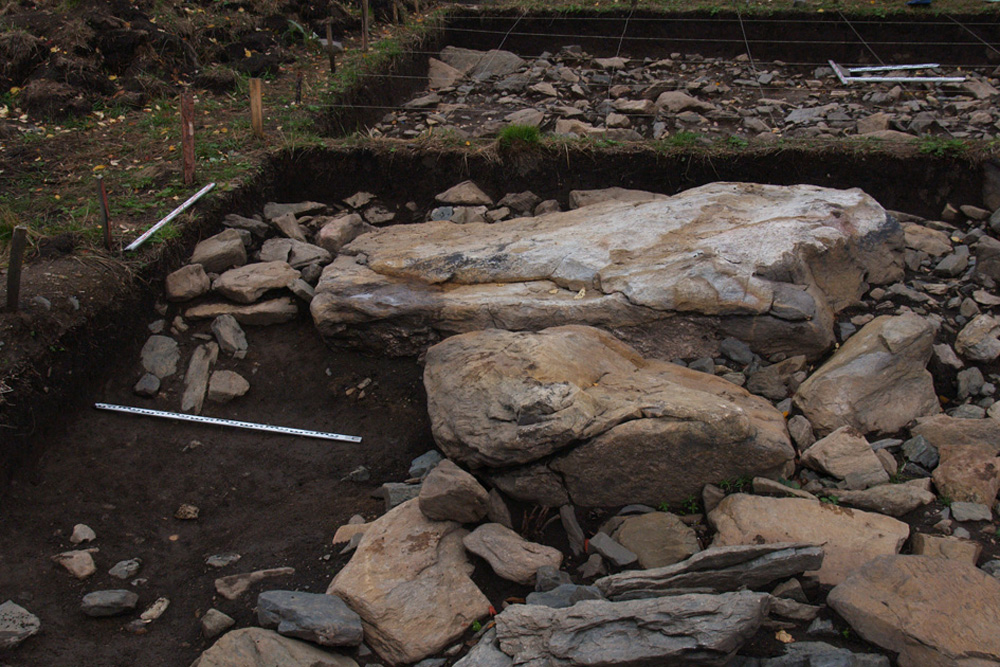
At the bottom of this image are rocks that make up the contour of a leg. The top part of the image shows a "partition" between the leg and hoof.
Get the world’s most fascinating discoveries delivered straight to your inbox.
Using what's close
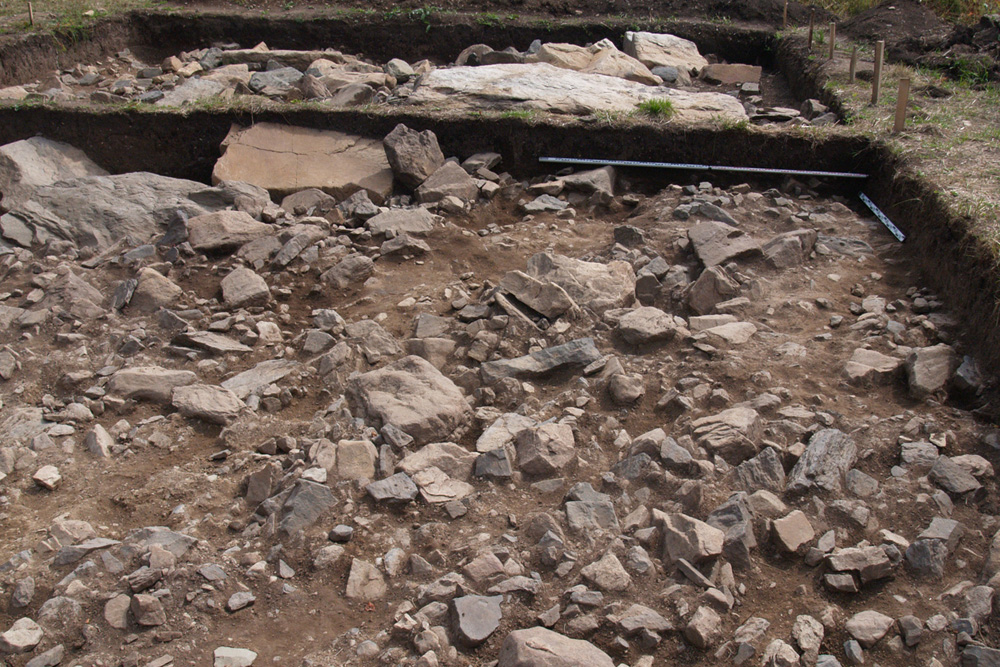
Part of a hoof, made up of small crushed rock and clay.
A nose is a nose
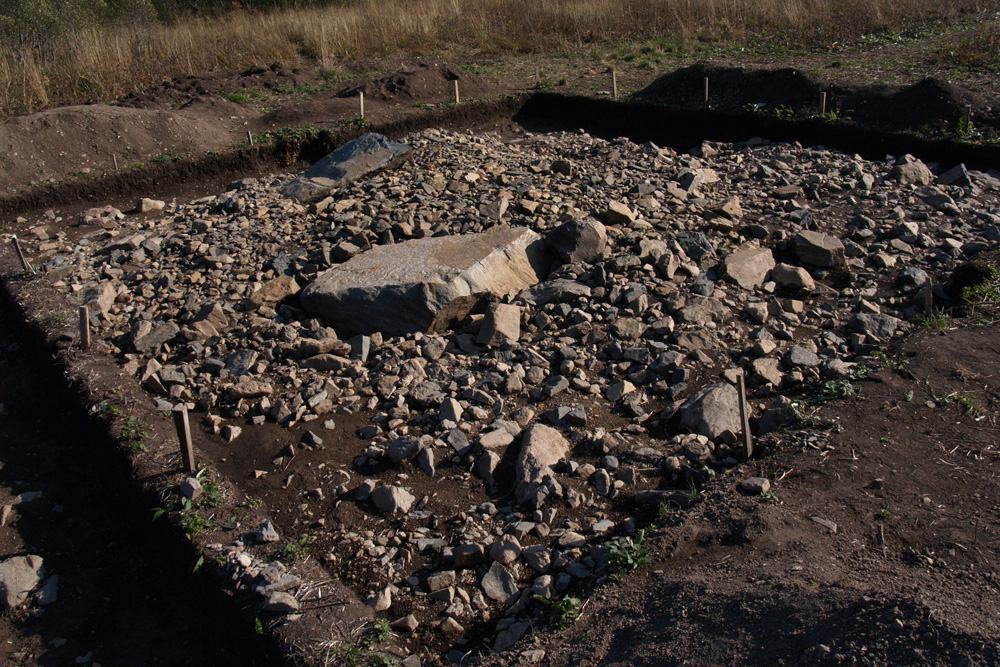
The termination of the animal's muzzle.
Interesting find
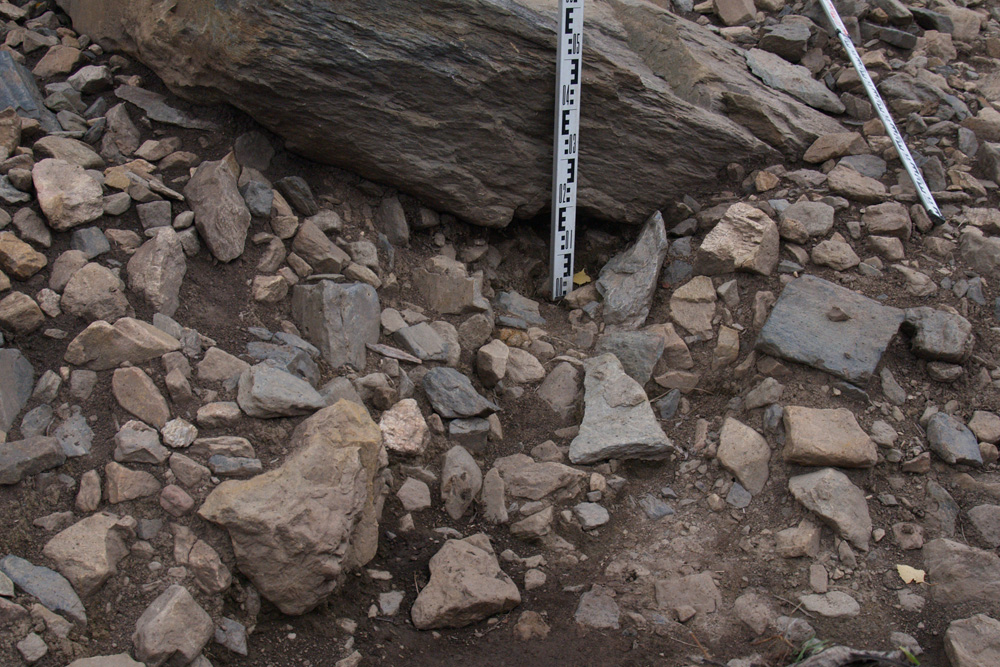
A ruined passageway, several of these were found last summer on the muzzle and a hoof.
Early tools
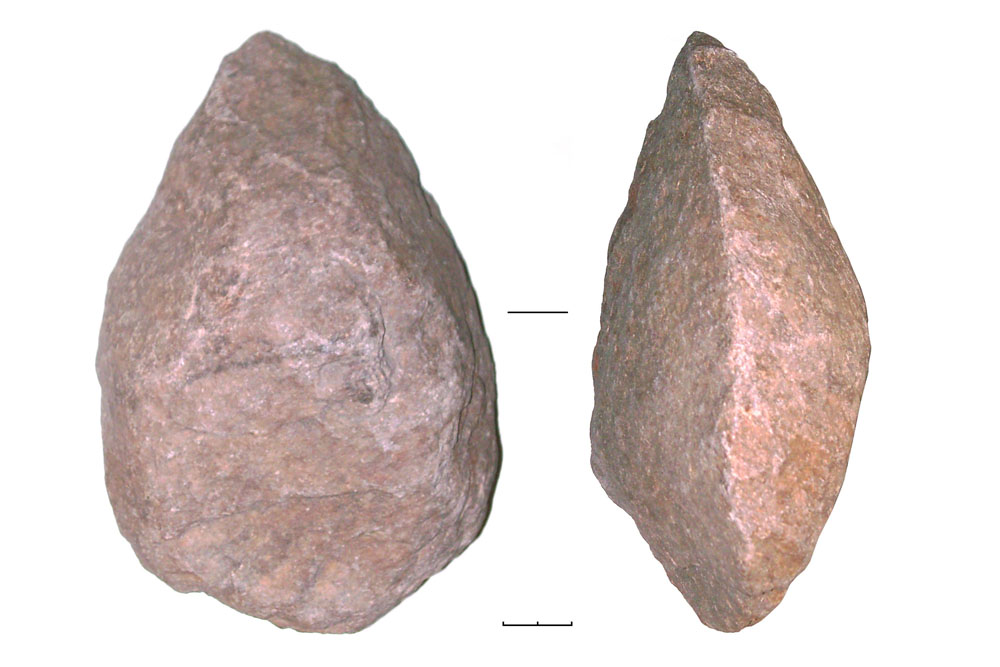
Dozens of mattocks were found that could have been used, like pickaxes, for extracting clay.



